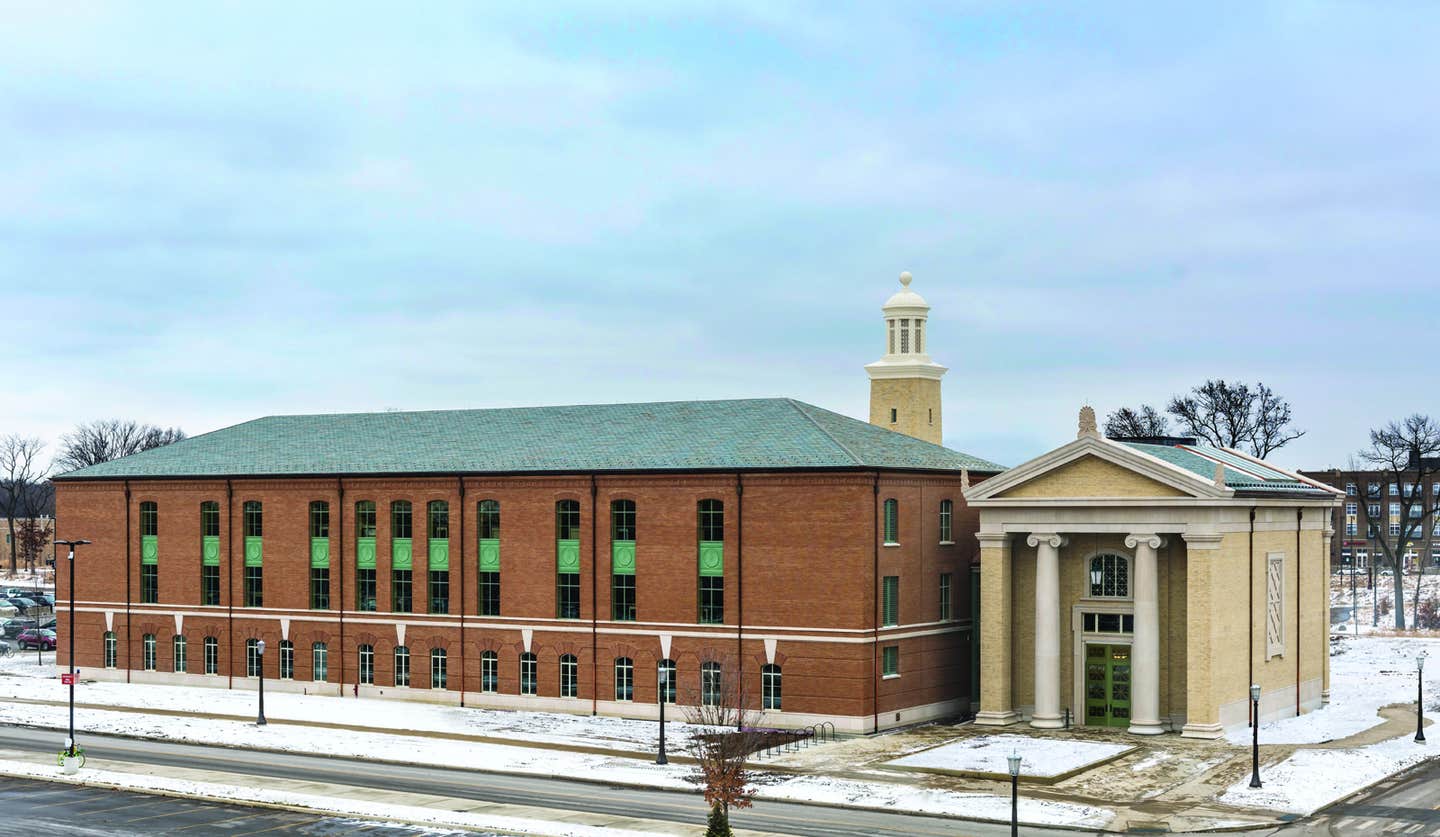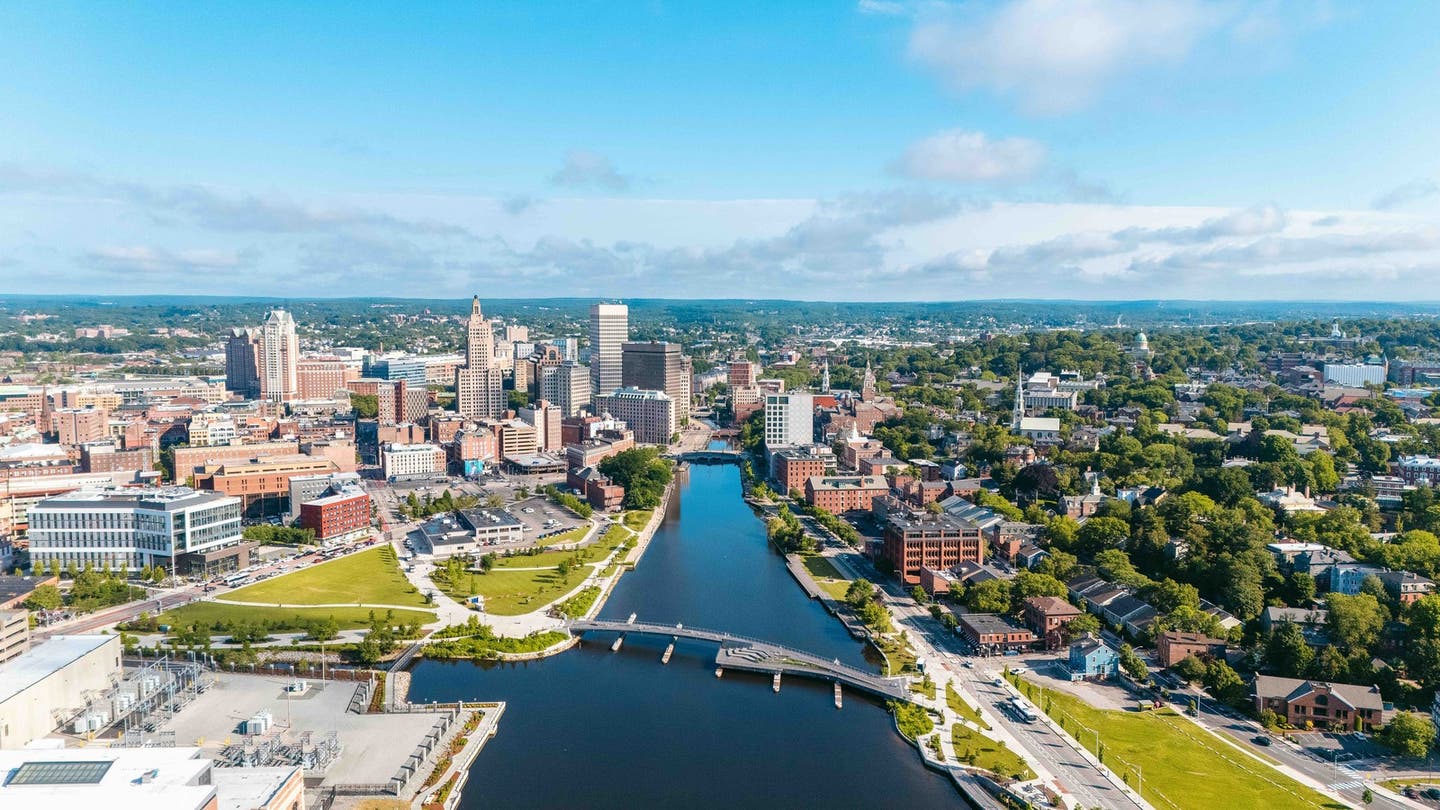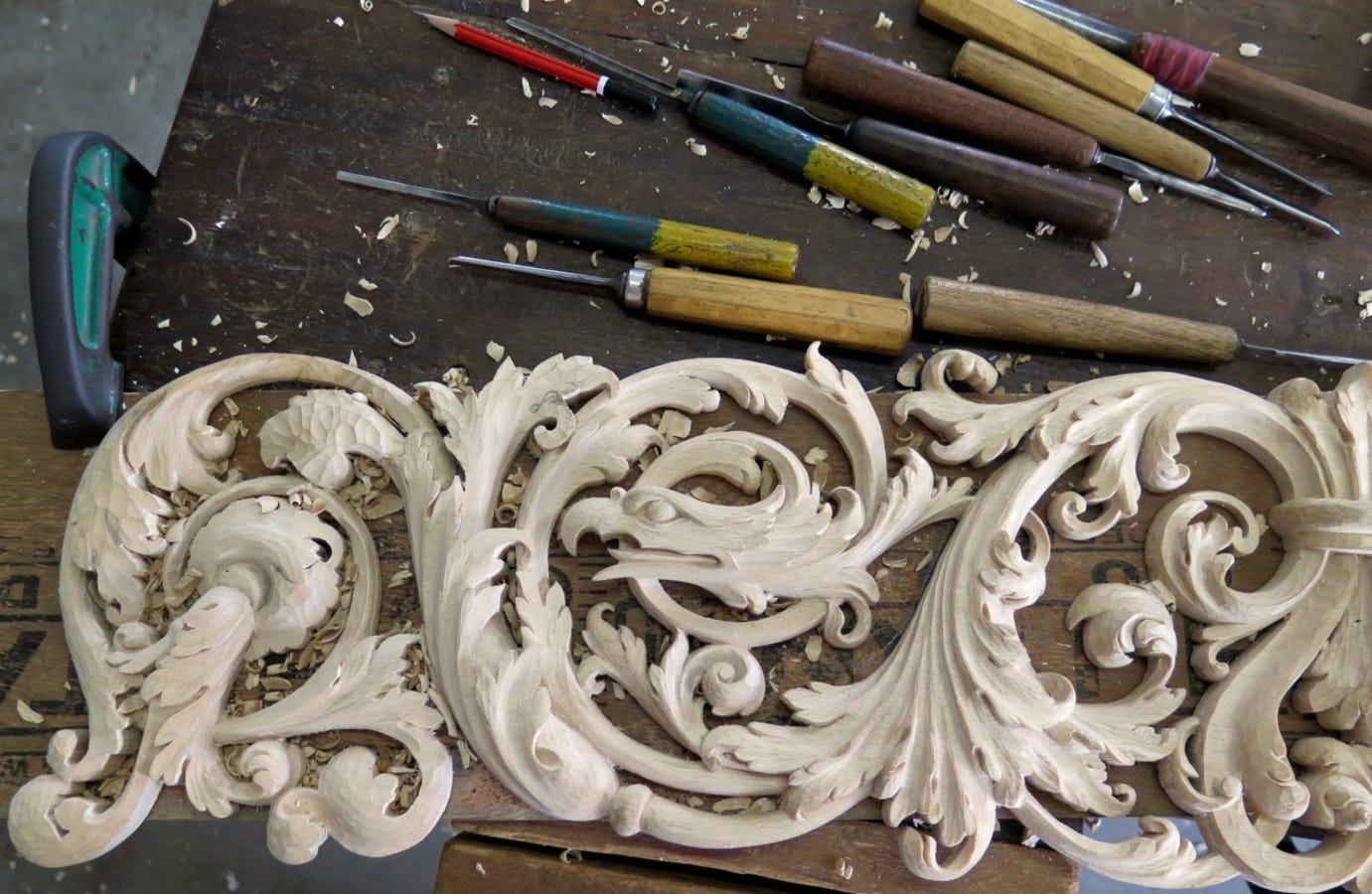
News
Walsh Family Hall Dedicated as New Home of Notre Dame School of Architecture
The University of Notre Dame dedicated the Matthew and Joyce Walsh Family Hall of Architecture as the home for the School of Architecture in a private campus ceremony in November 2018. Walsh Family Hall is a classical composition, which reflects the principles of the School’s curriculum and allows the building to serve as an example to students.
“Since its founding in 1898, the architecture program at Notre Dame has emphasized the importance of building not just for today’s needs but also for future generations, and Walsh Family Hall is a testament to that ethos. The new building is both a pedagogical tool for our students and a symbol of the architecture of memory and creativity,” said Michael Lykoudis, Francis and Kathleen Rooney Dean of Architecture. “Walsh Family Hall illustrates the importance of unifying old knowledge and new knowledge, and embracing stewardship inthe present to ensure that future generations have the same opportunity to flourish. We started with a bold vision for our new home, and John Simpson Architects, Stantec and Walsh Construction have made that dream a reality.”
The 110,000-square-foot Walsh Family Hall is located on the south side of the Notre Dame campus, and the design integrates the building into the context of the Notre Dame campus, joining O’Neill Hall, the DeBartolo Performing Arts Center, Charles B. Hayes Family Sculpture Park and the planned Raclin Murphy Museum of Art in the formation of a new arts district.
Architect John Simpson described his design in this way: “The tower at its center heralds the location of the new arts district. At the heart of any classical education in architecture is the Hall of Casts, and this has been given pride of place on the northwest corner, where it can be seen from campus when entering the University along Notre Dame Avenue, and also from Eddy Street. It is the most monumental building of the group and, in the manner of a chapel, contrasts with the more utilitarian characteristics of the adjacent studio range. As this is a school of urbanism as well as of architecture, the buildings together are an example of how public spaces are articulated — in this case forming a court, which recalls the religious origins of the University.”
The tower is used to articulate the central court, creating a more public space alongside the Stoa, open to Irish Green, with an amphitheater-like structure, which can be used for events such as commencement ceremonies. There is also a more private raised square which serves as the Stoa’s outdoor counterpart in providing a gathering space for interaction and exchange of ideas. The tower is a symbol of the unity of knowledge integral to the academic and intellectual mission of the University and embodied in the School’s curriculum. The lantern is a reference to the Choragic Monument of Lysicrates in Athens and is a gesture to the classical origins and shared building traditions of the world.
“Executing the design of a traditional building that incorporates modern materials and technology was incredibly important, and we worked closely with John Simpson Architects to ensure the technological infrastructure was seamlessly integrated within that classical detailing,” said Bill Ketcham, project manager and principal-in-charge for Stantec. “We worked with Walsh Construction to address issues of schedule and cost, so we could prioritize high-impact and symbolic spaces. The building reflects the curriculum of the School of Architecture, complements the campus, and provides beautiful and engaging spaces for students.”
The different building types that make up the School provide students with a range of examples of how the design of each can be approached. The interiors of the studio, for instance, are relatively spartan but durable with exposed ceilings and blockwork walls while appropriate architectural articulation has been used for the Hall of Casts, the Stoa, the Auditoriums, and the Library.
Energy efficiency was important, and the building design incorporates a new geothermal system that provides heating and cooling that serve Walsh Family Hall, as well as a number of the surrounding buildings, which help to reduce the University’s dependence on fossil fuels. With many recycled materials included in the structure, the Walsh Family Hall is anticipated to achieve LEED Gold certification.
The building was made possible through the generosity of Matthew and Joyce Walsh of Burr Ridge, Illinois, long-time members of the School’s Advisory Council.
PROJECT AT A GLANCE:
Location University of Notre Dame, on the corner of North Eddy Street and Holy Cross Drive, within the southeast quadrant of campus
Type of project Educational Building
Client University of Notre Dame
Architect Design Architect: John Simpson Architects; Architect of Record (Executive Architect): STANTEC
Landscape architect HOERR + SCHAUDT LANDSCAPE ARCHITECTS
Structural engineer THORNTON TOMASETTI
Main contractor WALSH GROUP
M&E consultant ARUP
Cost Estimator CCS
Start on site date 31 October, 2016
Completion date Building Occupancy January 2019
Contract duration August 2014-January 2019
Gross internal floor area 110,000 square feet
Have a press release you’d like us to share? Send it to us here.








